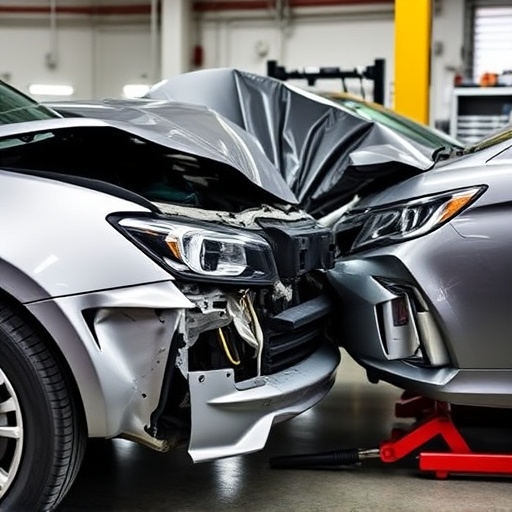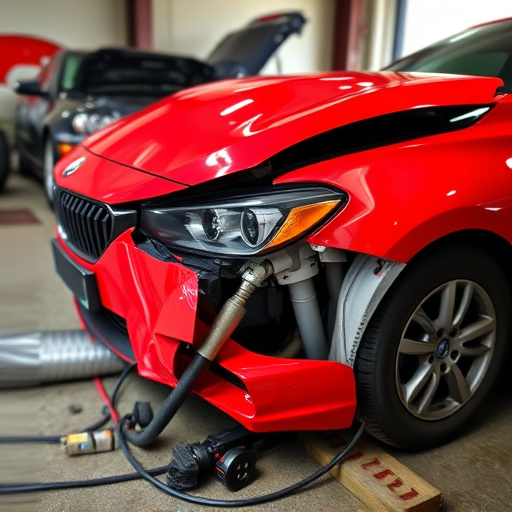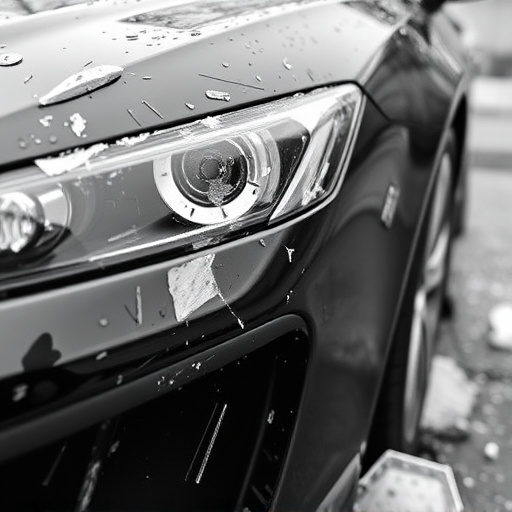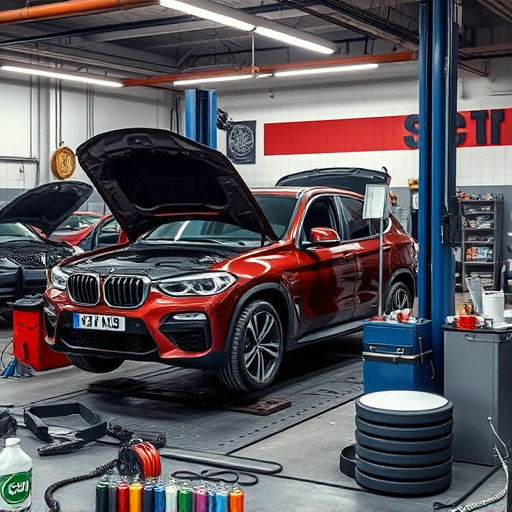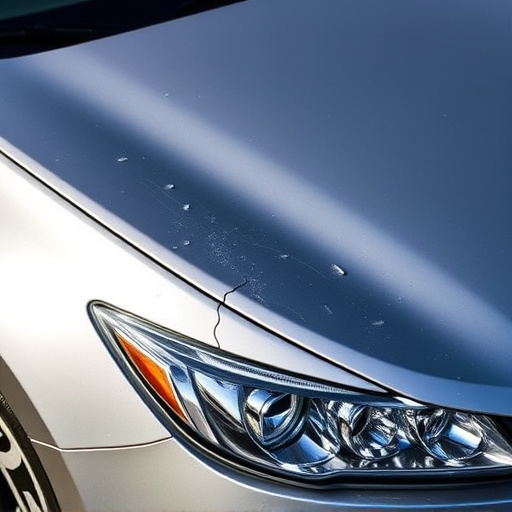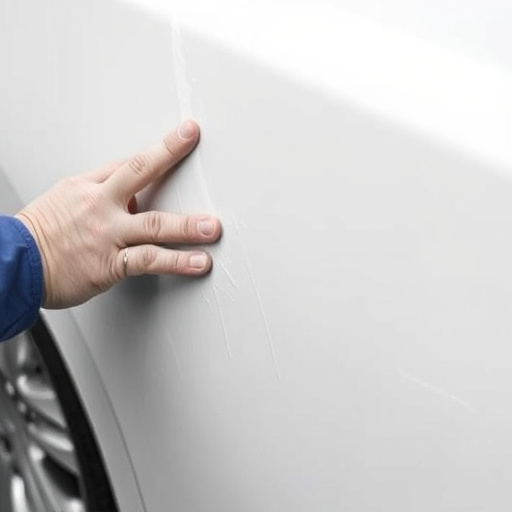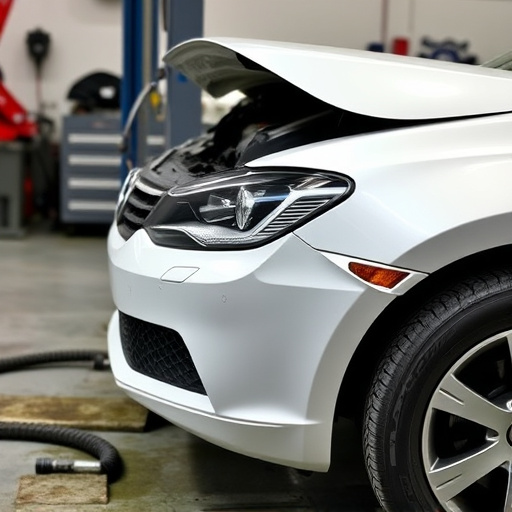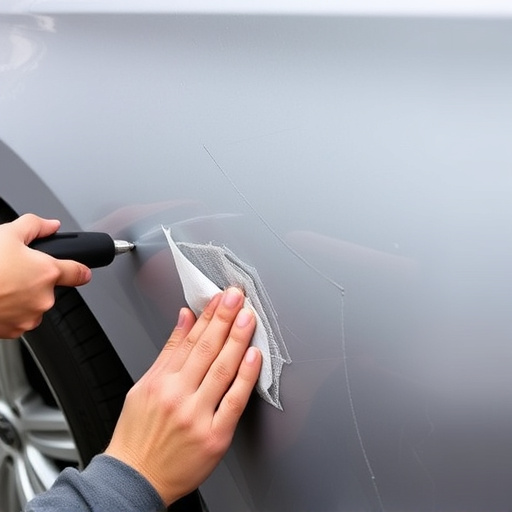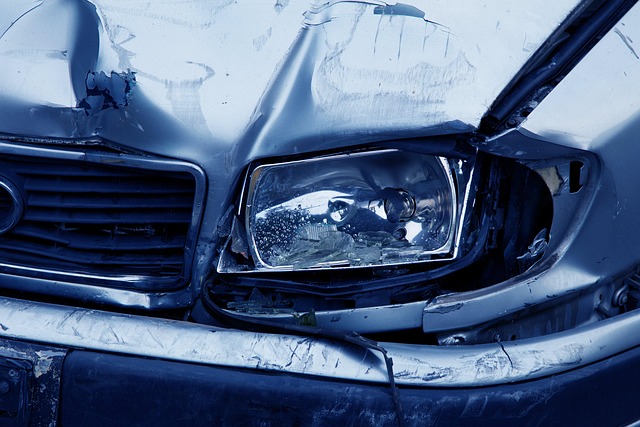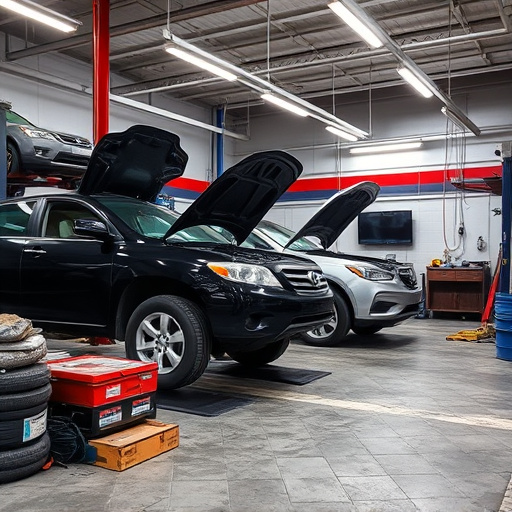Post-repair safety inspections for hybrid and electric vehicles (EVs) are essential to ensure their safe operation on the road. Specialized knowledge and tools are required to assess unique EV systems like battery packs, motors, and advanced safety features. Auto body services specializing in EVs must perform these inspections to prevent compromising critical safety components or performance. The process involves evaluating bodywork integrity, sensor functionality, and high-voltage system safety, addressing minor issues that could pose significant risks. Meticulous post-repair safety inspections guarantee optimal safety, utilizing advanced diagnostic techniques and simulations for electrical components, battery performance, and system functionality.
In today’s growing market of hybrid and electric vehicles (EVs), a thorough post-repair safety inspection is paramount. This comprehensive guide delves into the critical protocols ensuring these advanced vehicles meet safety standards after servicing. From battery integrity checks to meticulous electrical system evaluations, each step is crucial for optimal performance and peace of mind. By adhering to established testing procedures, technicians can verify the vehicle’s readiness, fostering a reliable and safe driving experience.
- Understanding Post-Repair Safety Protocols for EVs
- Essential Checks: Battery, Electrical Systems, and More
- Ensuring Optimal Safety: Testing and Verification Procedures
Understanding Post-Repair Safety Protocols for EVs
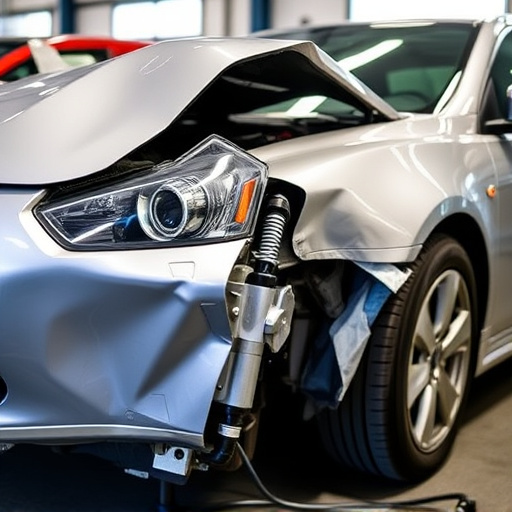
Post-repair safety inspections for hybrid and electric vehicles (EVs) are paramount to ensure their continued safe operation on the road. These protocols go beyond traditional vehicle checks, requiring specialized knowledge and tools to assess unique EV systems like battery packs, electric motors, and advanced safety features. Auto body services specializing in EVs must be well-versed in these procedures to guarantee that every repair, no matter how minor, doesn’t compromise critical safety components or impact the vehicle’s overall performance.
During a post-repair safety inspection, experts meticulously evaluate the integrity of the car’s bodywork, checking for any signs of damage or misalignment after repairs. They assess the functionality of sensors and control units integral to EV systems, ensuring they communicate effectively with one another. Moreover, a thorough examination of the vehicle’s high-voltage system is crucial, as even seemingly minor issues can pose significant risks in EVs, where electrical components power both propulsion and essential safety features.
Essential Checks: Battery, Electrical Systems, and More
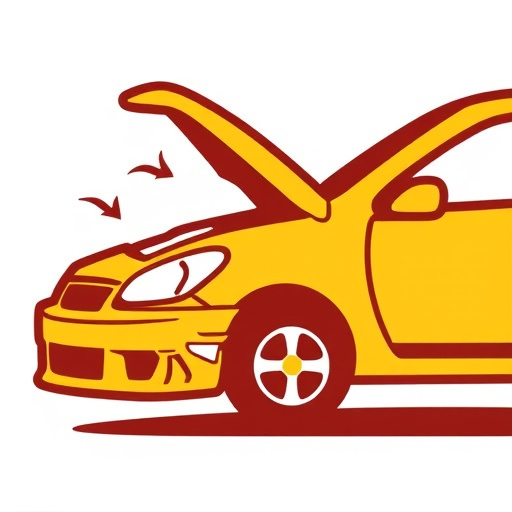
After a repair, especially for hybrid or electric vehicles, conducting a thorough post-repair safety inspection is non-negotiable. This process involves meticulous checks to ensure the vehicle’s critical systems are functioning optimally and safely. Among the key areas of focus should be the battery system, electrical components, and overall structural integrity.
The battery, being the heart of these vehicles, requires special attention. Inspectors must check for any signs of damage, corrosion, or leaks. In cases where a battery has been replaced due to a dent removal process at a collision repair center, it’s crucial to verify its capacity and charging status. Similarly, electrical systems should be examined for proper connections, fusing, and grounding. Any loose or damaged wires must be addressed promptly to prevent short circuits or other safety hazards.
Ensuring Optimal Safety: Testing and Verification Procedures
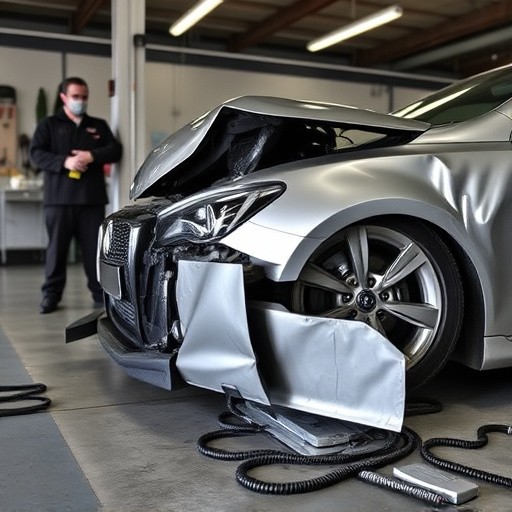
After a post-repair safety inspection for hybrid or electric vehicles, ensuring optimal safety involves rigorous testing and verification procedures. These comprehensive checks are vital to guarantee that all systems function seamlessly and meet the highest safety standards. Specialized tools and trained technicians are employed to verify the integrity of electrical components, battery performance, and overall system functionality. This meticulous process includes examining connections, conducting diagnostics, and simulating real-world driving conditions to identify any potential issues.
Proper testing goes beyond basic visual inspections and mechanical checks. It encompasses advanced diagnostic techniques and simulations to account for unique challenges posed by hybrid and electric vehicles. These include verifying the charging system’s efficiency, assessing the state of charge (SOC) accuracy, and checking the performance of regenerative braking systems. By implementing these thorough testing procedures, car repair services can deliver top-notch repairs, ensuring customer safety and peace of mind, especially after repairs for hail damage or car scratch repair.
A thorough post-repair safety inspection is paramount for hybrid and electric vehicles (EVs) to ensure optimal performance and protect drivers. By adhering to recommended protocols, including meticulous checks of critical components like batteries and electrical systems, professionals can verify the vehicle’s safety and reliability. This process not only guarantees a secure driving experience but also helps maintain the overall integrity of EV technology, fostering consumer confidence in these innovative vehicles.
